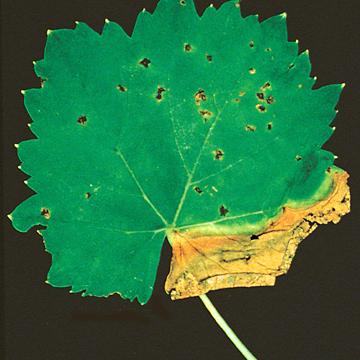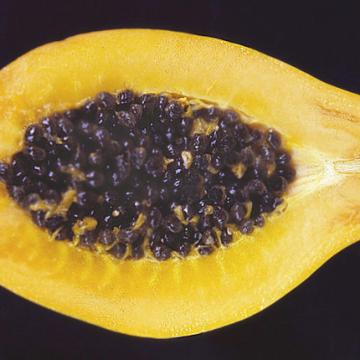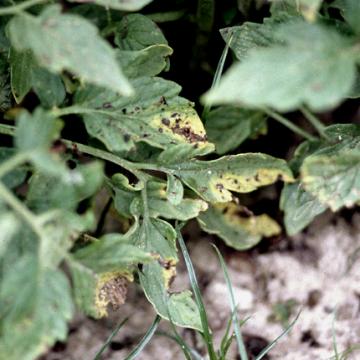DISEASE: Bacterial blight (Bacterial necrosis)
HOST: Grape
Stem necrosis of grape.
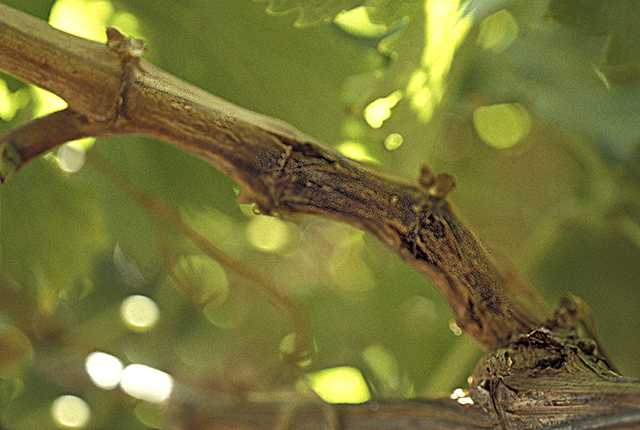
Bacterial blight (Bacterial necrosis) | Grape
DISEASE: Bacterial blight (Bacterial necrosis)
HOST: Grape (Vitis vinifera)
PATHOGEN: Xylophilus ampelinus
PATHOGEN SYNONYM: Xanthomonas ampelina
SOURCE: N. Schaad
DISEASE: Bacterial blight (Bacterial necrosis)
HOST: Grape
Stem with cankers and discolored external tissues.
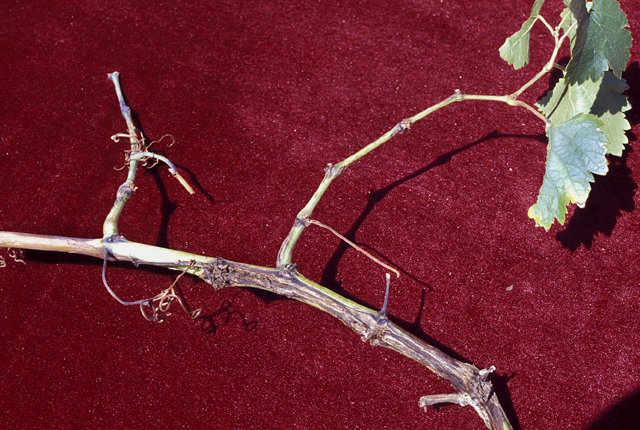
Bacterial blight (Bacterial necrosis) | Grape
DISEASE: Bacterial blight (Bacterial necrosis)
HOST: Grape (Vitis vinifera)
PATHOGEN: Xylophilus ampelinus
PATHOGEN SYNONYM: Xanthomonas ampelina
SOURCE: N. Schaad
DISEASE: Bacterial blight (Bacterial necrosis)
HOST: Grape
Severe infection in vineyard is noted by dead canes. Symptoms are most severe in spring; shoot blight, occasional spots on leaves, and cankers are common.

Bacterial blight (Bacterial necrosis) | Grape
DISEASE: Bacterial blight (Bacterial necrosis)
HOST: Grape (Vitis vinifera)
PATHOGEN: Xylophilus ampelinus
PATHOGEN SYNONYM: Xanthomonas ampelina
SOURCE: C. Manceau, N. Schaad
DISEASE: Bacterial blight (Bacterial necrosis)
HOST: Grape
Leaf with necrotic spots and marginal necrosis. One-sided cracking of petiole tissue is common (not shown here).

Bacterial blight (Bacterial necrosis) | Grape
DISEASE: Bacterial blight (Bacterial necrosis)
HOST: Grape (Vitis vinifera)
PATHOGEN: Xylophilus ampelinus
PATHOGEN SYNONYM: Xanthomonas ampelina
SOURCE: C. Panagopoulos
DISEASE: Internal yellowing
HOST: Papaya
Yellow discoloration of flesh. The affected area is soft and has an acrid odor.
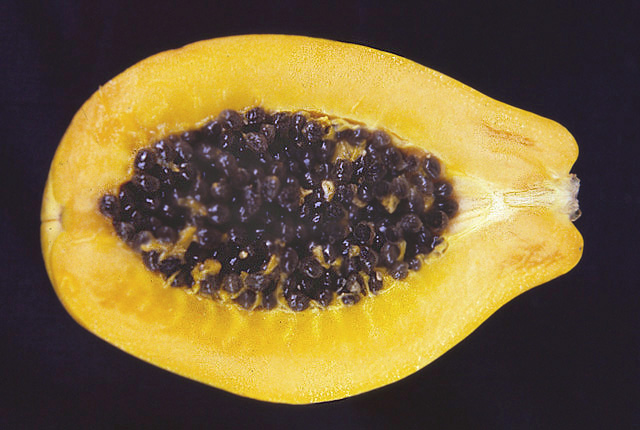
Internal yellowing | Papaya
DISEASE: Internal yellowing
HOST: Papaya (Carica papaya)
PATHOGEN: Enterobacter cloacae
SOURCE: K. Nishijima
DISEASE: Syringae leaf spot
HOST: Tomato
Leaves with brown necrotic lesions and chlorotic margins. Symptoms vary greatly among cultivars. Some have black or brown lesions with bright yellow, chlorotic areas and others do not have yellowing.

Syringae leaf spot | Tomato
DISEASE: Syringae leaf spot
HOST: Tomato (Lycopersicon esculentum)
PATHOGEN: Pseudomonas syringae pv. syringae
SOURCE: R. Gitaitis





